Dinosaurs are synonymous with famous names like T. rex and Triceratops, but the prehistoric world was home to many unique and bizarre creatures most people have never heard of. From massive herbivores to bird-like predators, these lesser-known dinos showcase the astonishing diversity of Earth’s ancient past. Here are 13 fascinating dinosaurs that once roamed the planet but remain largely under the radar.
1. Therizinosaurus
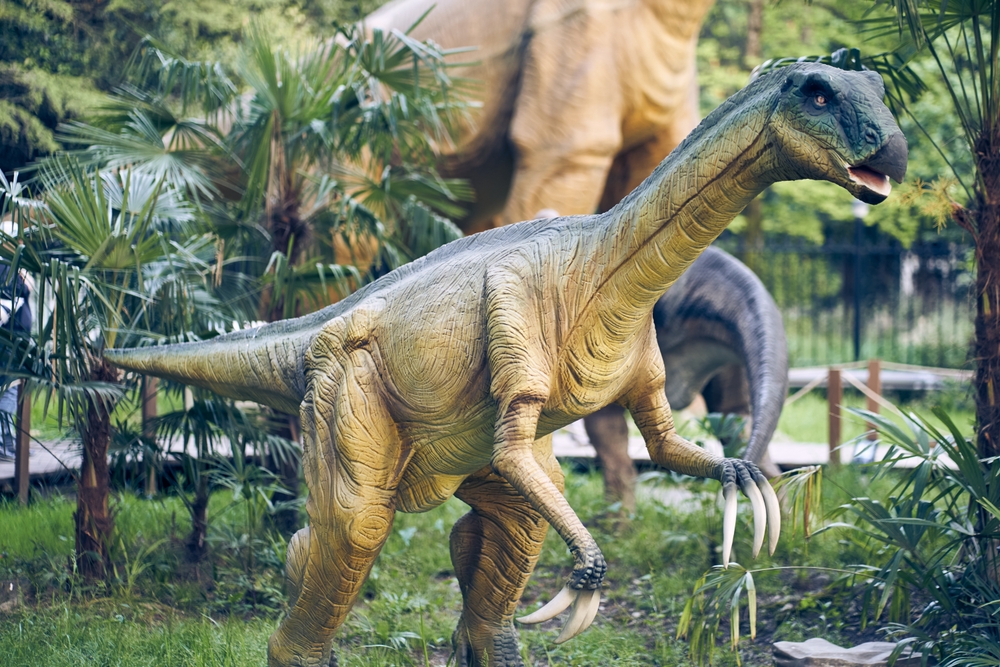
Imagine a dinosaur with claws longer than swords. Therizinosaurus, an herbivore from the Late Cretaceous period, had claws up to 3 feet long. These claws were likely used for defense or stripping vegetation from trees. Despite its terrifying appearance, this dinosaur was a plant-eater, blending an unusual mix of bird-like features with a sloth-like body.
2. Psittacosaurus
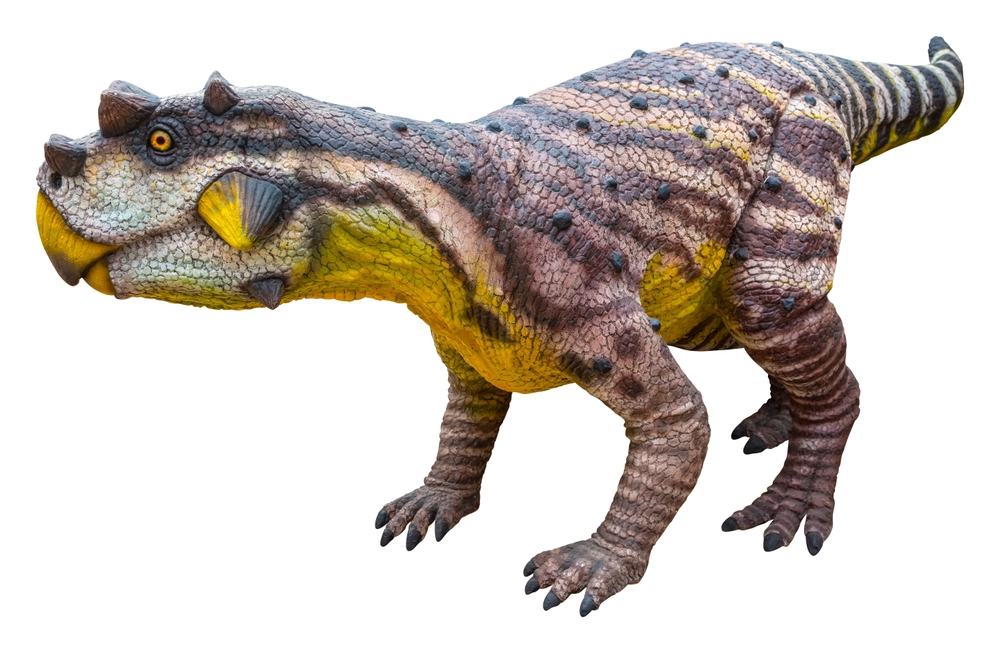
Psittacosaurus, meaning “parrot lizard,” had a beak reminiscent of modern parrots. Found in Asia during the Early Cretaceous period, this small herbivore had bristles on its tail, possibly used for display or defense. Its compact size and unique appearance make it one of the most intriguing early dinosaurs.
3. Concavenator
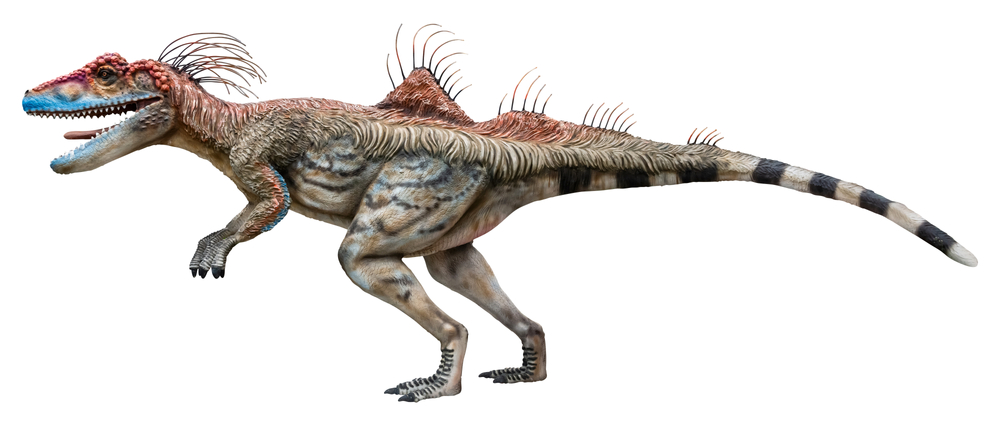
Known for the odd hump on its back, Concavenator was a theropod dinosaur that roamed Europe during the Early Cretaceous period. Its hump, formed by elongated vertebrae, remains a mystery, but some speculate it may have been used for display or thermoregulation. Its unique anatomy earned it the nickname “hump-backed predator.”
4. Europasaurus
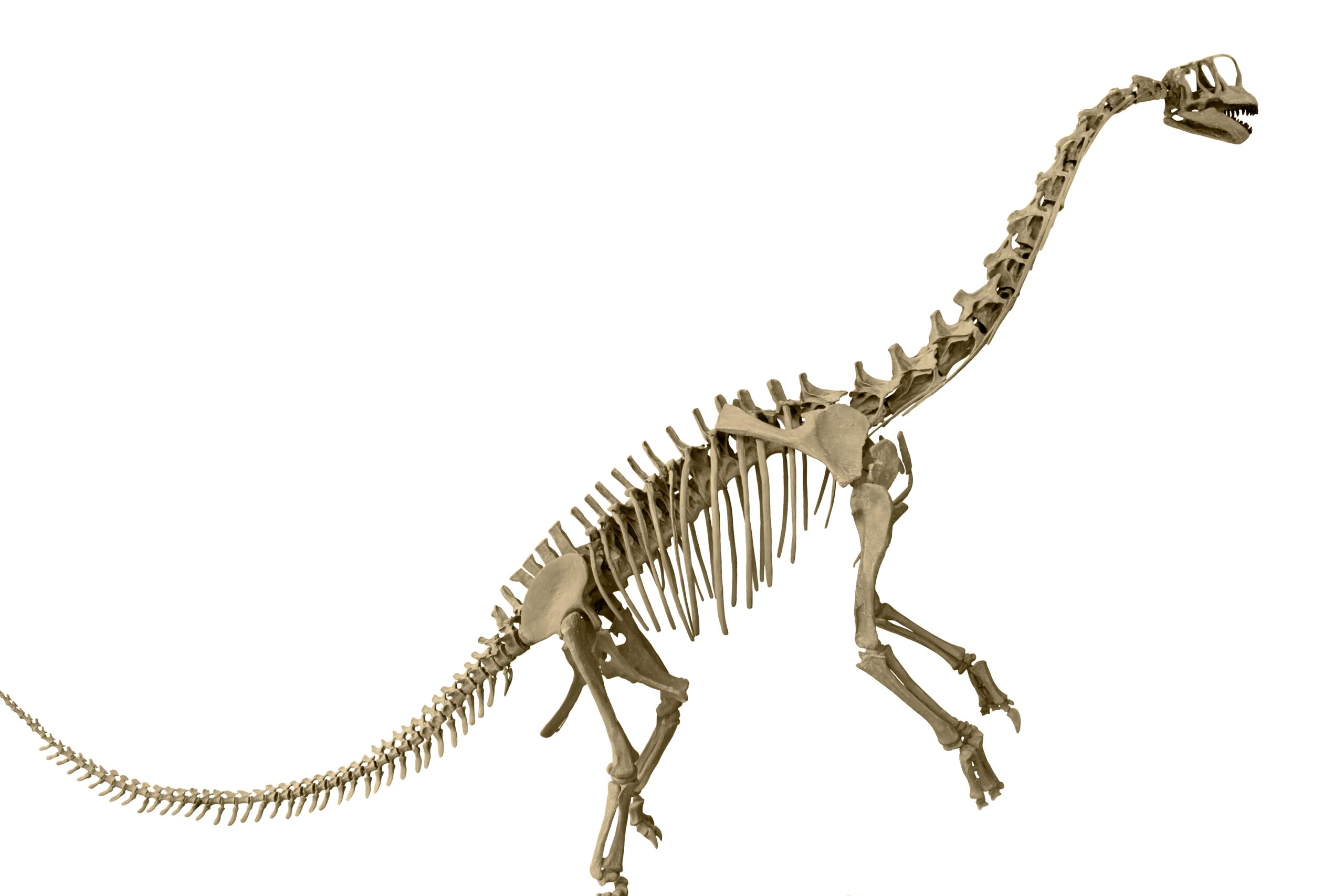
Europasaurus was a dwarf sauropod, measuring only about 20 feet long—a fraction of the size of its giant relatives like Brachiosaurus. Found in Europe during the Late Jurassic period, its small size likely resulted from living on an island, a phenomenon known as island dwarfism. This “mini sauropod” is a fascinating glimpse into evolutionary adaptation.
5. Carnotaurus
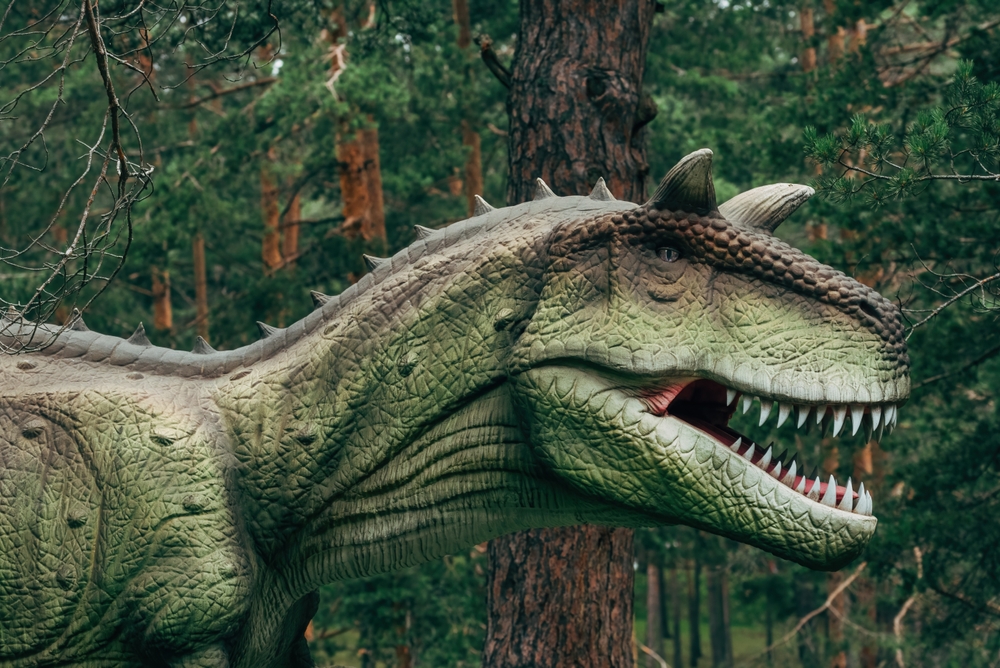
Carnotaurus, with its short horns and tiny arms, was one of the strangest-looking predators of the Late Cretaceous period. Found in South America, this theropod was a swift runner, using its powerful legs to chase down prey. Its horns may have been used in combat or display, adding to its distinctive look.
6. Shuvuuia
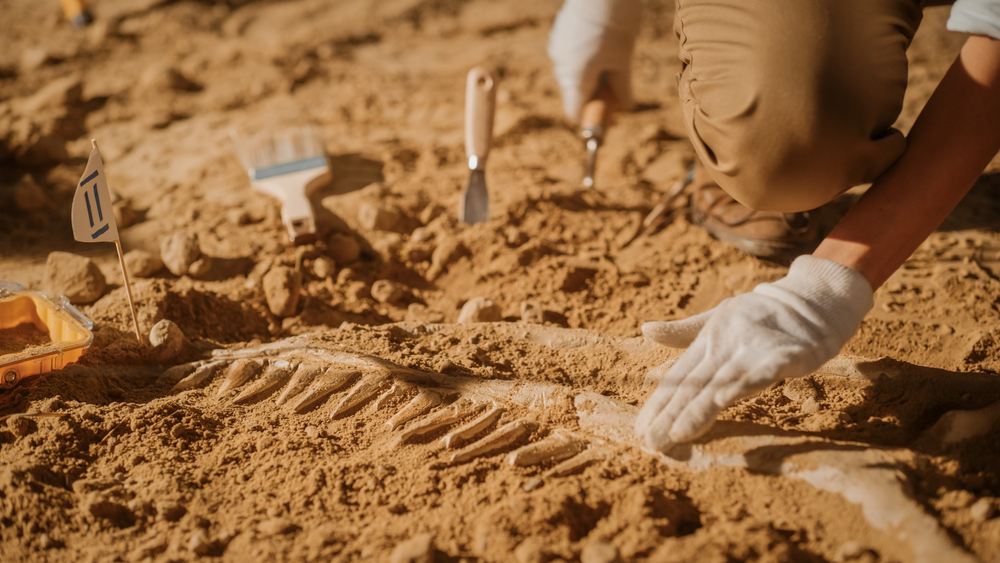
Shuvuuia was a small, bird-like dinosaur with long legs and powerful arms, making it a skilled runner and burrower. Found in Mongolia, this Late Cretaceous dino had sharp claws for digging and a beak-like mouth for eating insects. Its resemblance to modern birds shows the evolutionary link between dinosaurs and birds.
7. Amargasaurus
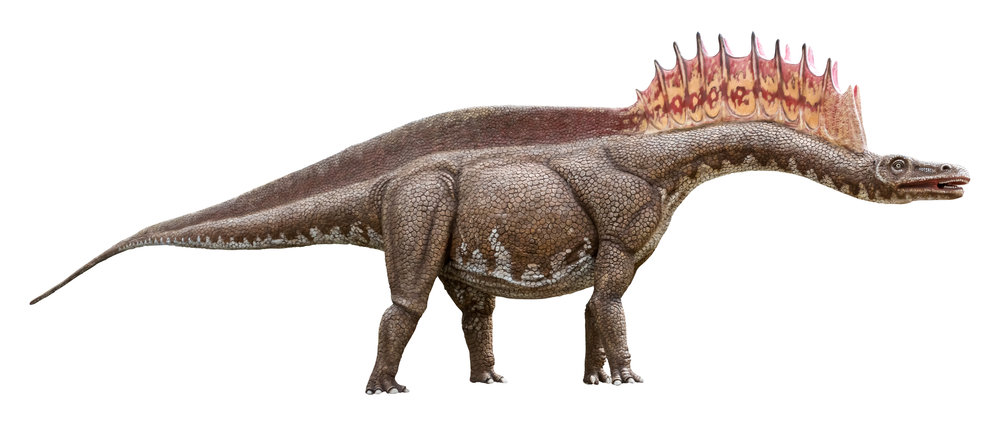
Amargasaurus stood out among sauropods thanks to the double row of spines along its neck and back. These spines may have supported a sail or been used for defense. Found in South America during the Early Cretaceous period, this plant-eater’s striking appearance makes it one of the most visually unique dinosaurs ever discovered.
8. Deinocheirus
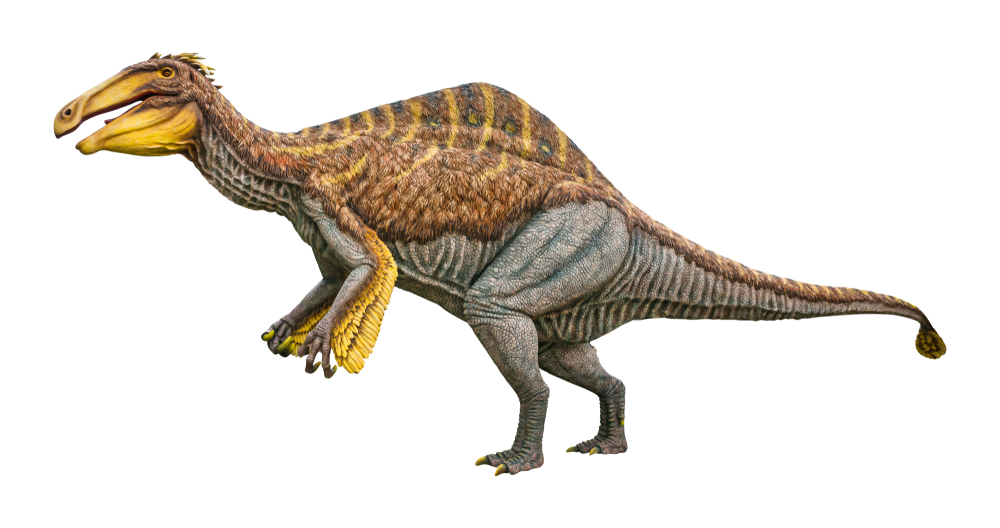
Deinocheirus, meaning “terrible hand,” was initially known only for its massive arms. Later discoveries revealed a duck-billed dinosaur with a humpback and claws over 8 feet long. This omnivorous dino from the Late Cretaceous period likely ate plants, small animals, and fish, making it an odd mix of features rarely seen in other species.
9. Coelophysis
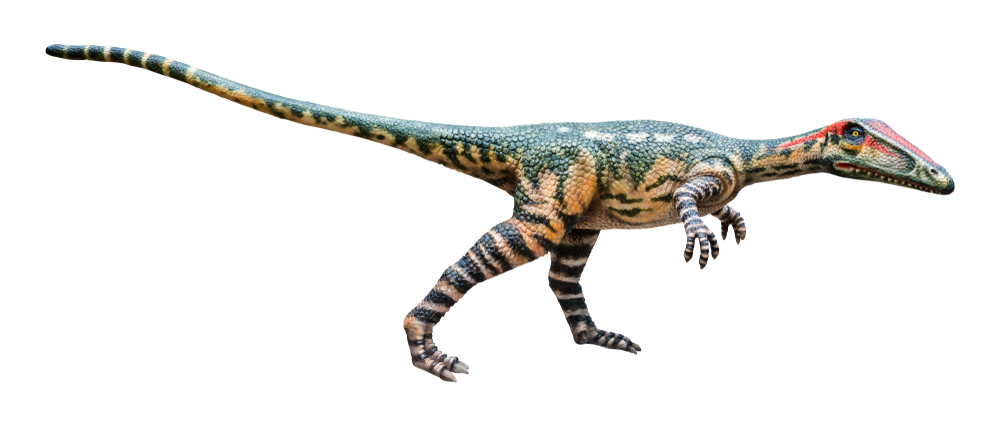
One of the earliest known dinosaurs, Coelophysis, lived during the Late Triassic period and was a slender, fast-moving predator. Found in North America, it hunted in packs and had sharp teeth for catching prey. Its agility and size make it a fascinating example of early dinosaur evolution.
10. Microraptor
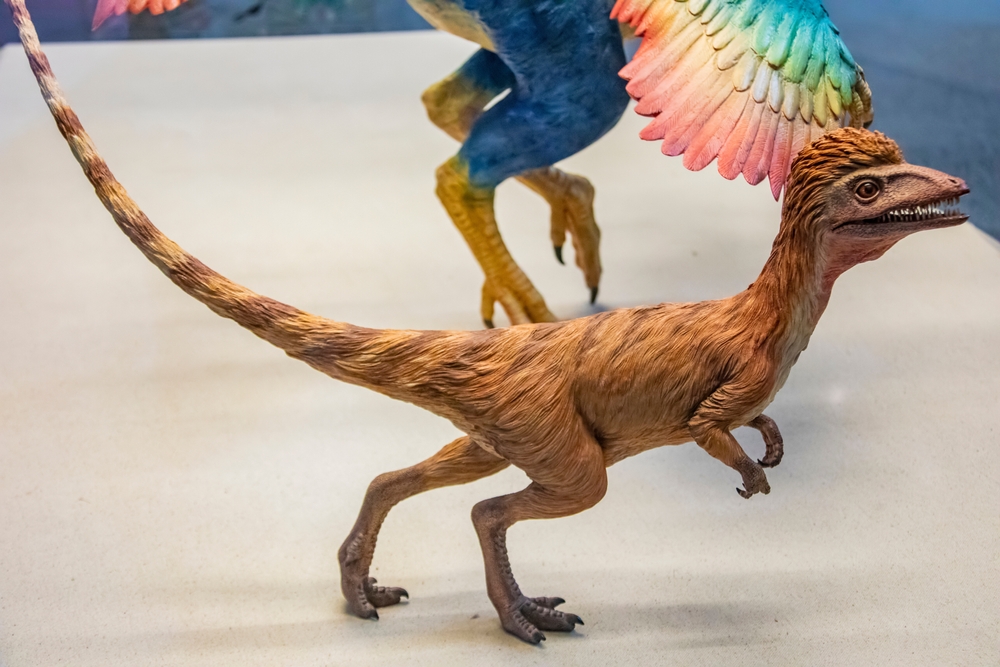
Microraptor was a small, four-winged dinosaur that could glide between trees. Found in China during the Early Cretaceous period, its feathered body showcases the close relationship between dinosaurs and birds. This tiny, crow-sized predator is a glimpse into the evolution of flight in the dinosaur lineage.
11. Stygimoloch
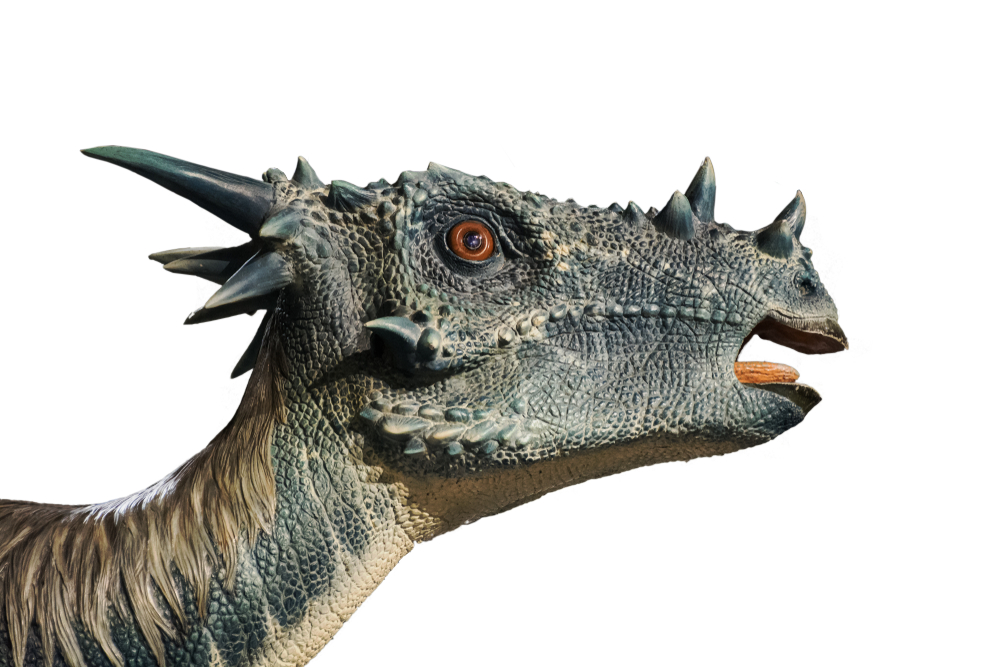
With its spiked, domed skull, Stygimoloch is a standout among pachycephalosaurs. Found in North America during the Late Cretaceous, this dinosaur likely used its bony head for combat or display. Its unique name, meaning “demon from the river Styx,” perfectly matches its fierce appearance.
12. Nothronychus
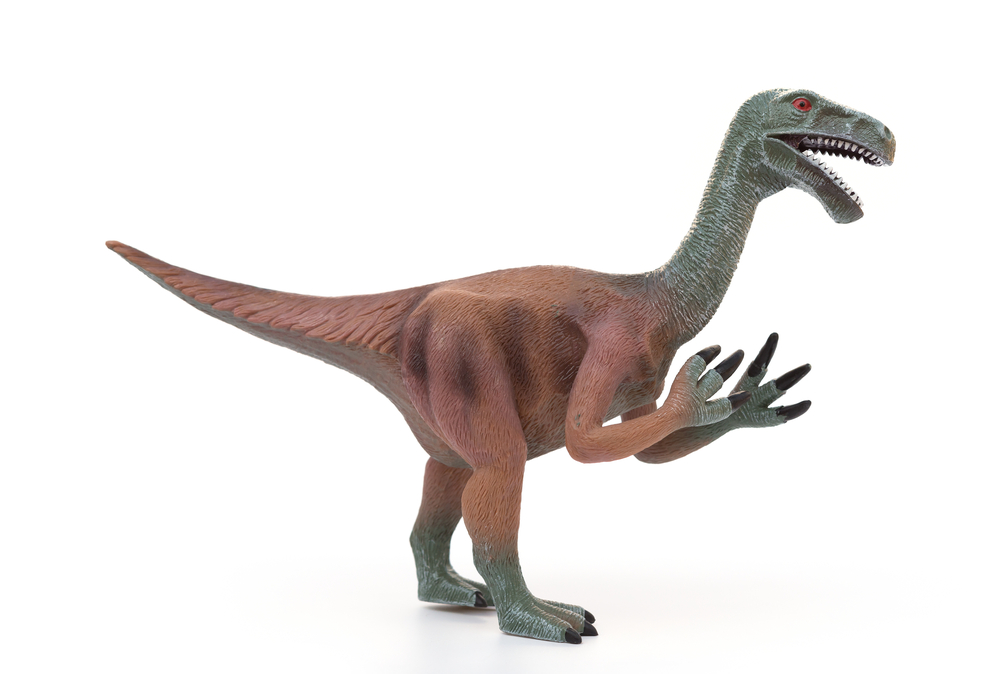 provided by Shutterstock
provided by Shutterstock
Nothronychus is another bizarre herbivore with massive claws. Found in North America during the Late Cretaceous, it had a pot-bellied, bird-like body covered in feathers. Its long arms and claws were likely used for foraging, making it an odd but effective plant-eater in its ecosystem.
13. Pachyrhinosaurus
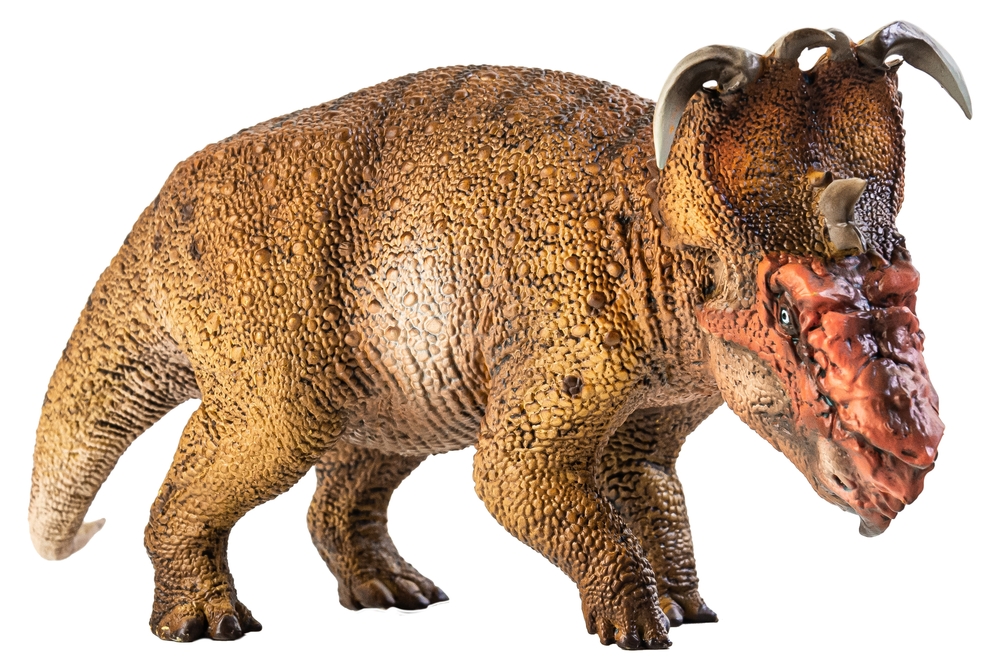
Instead of horns, Pachyrhinosaurus had a bony mass on its nose. This Late Cretaceous herbivore, found in North America, used its thick skull for head-butting contests and defense. A close relative of Triceratops, its unique facial structure sets it apart from other ceratopsians, making it a fascinating addition to the dino family tree.
